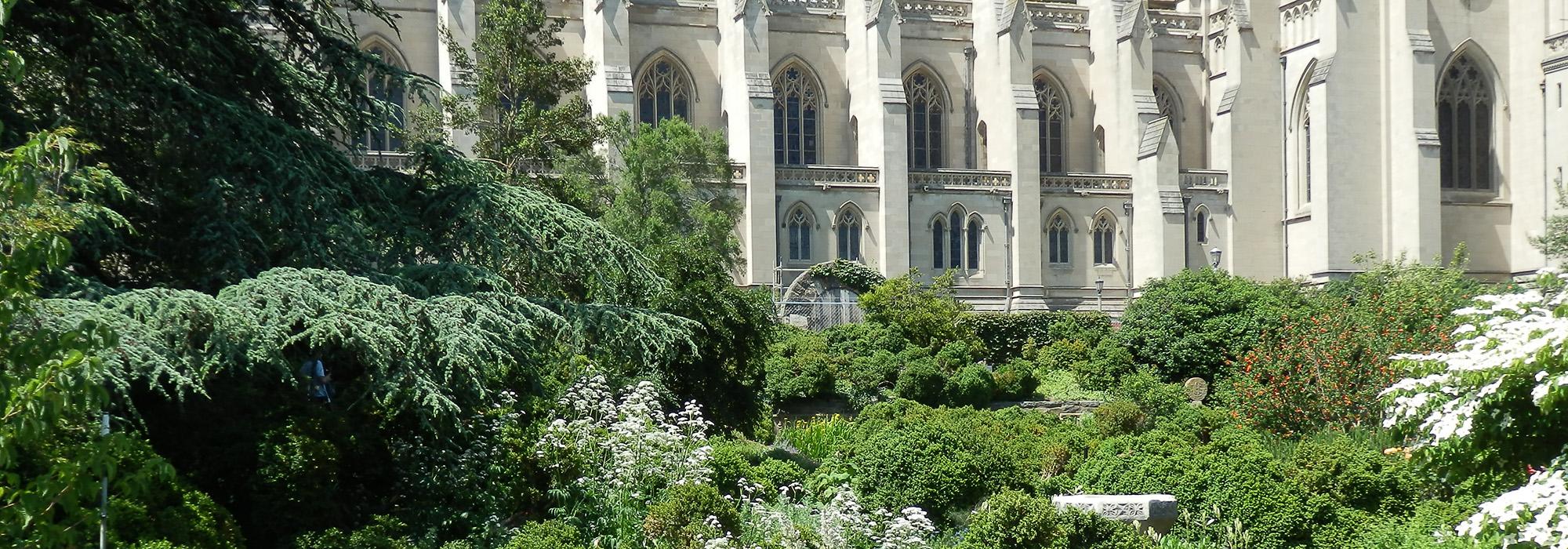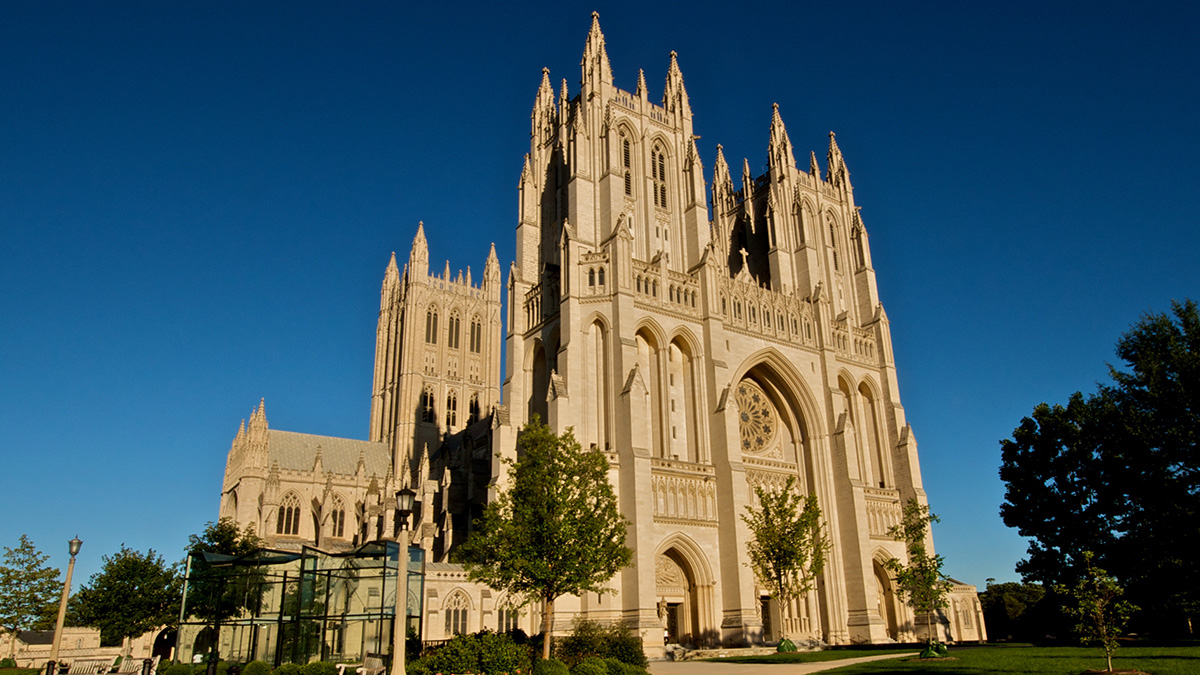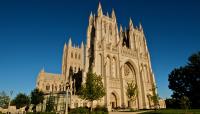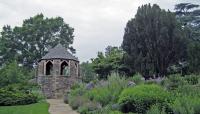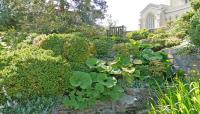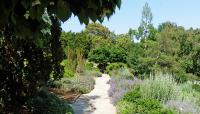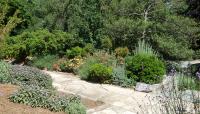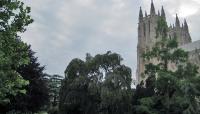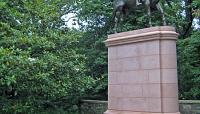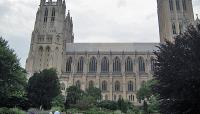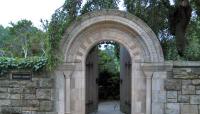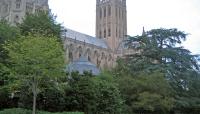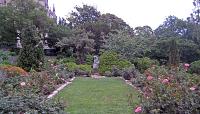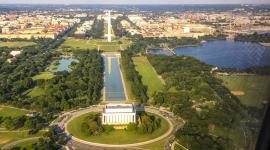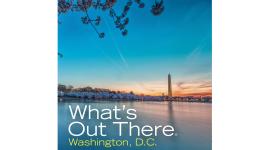Landscape Information
In 1898, the first bishop of Washington, Henry Yates Satterlee, chose a site overlooking the Federal City for the Washington National Cathedral. Olmsted Brothers landscape architects with Frederick Law Olmsted, Jr., developed a master plan for the 59-acre site and were involved in its execution from 1907-1928. His plan included internal roadways, locations for institutional buildings, a series of open spaces and gardens, and a path through the existing five-acre woodland. Florence Brown Bratenahl, the wife of the first Dean of the Cathedral, worked alongside Olmsted to implement the plan, especially the planting of the Bishop’s Garden, a private garden 'out back' of the Bishop's house. Completed in 1928, the garden included plants of historical interest, and employed biblical references and native plants. Landscape architect Nellie B. Allen also consulted on the Bishop’s Garden, contributing her signature ‘knot garden’ to the plan, though this design has since been altered.
During Olmsted, Jr.’s, thirty-year involvement with the National Cathedral grounds he also served as an adviser or designer on many celebrated Washington, D.C., projects, including the Federal Triangle, the Jefferson Memorial, Roosevelt Island, and Rock Creek Parkway. The last stone for the Cathedral was set in 1990, and the stone-cutting yard was re-shaped into a tree-shaded, open lawn to accentuate the west entrance. Originally envisioned by Olmsted and Bratenahl, an amphitheater was finally added to the Cathedral grounds in 2005, designed by Michael Vergason Landscape Architects with curved stone walls, grass walkways, and plantings of native trees, shrubs, and flowers. The Cathedral was listed in the National Register of Historic Places in 1974.



